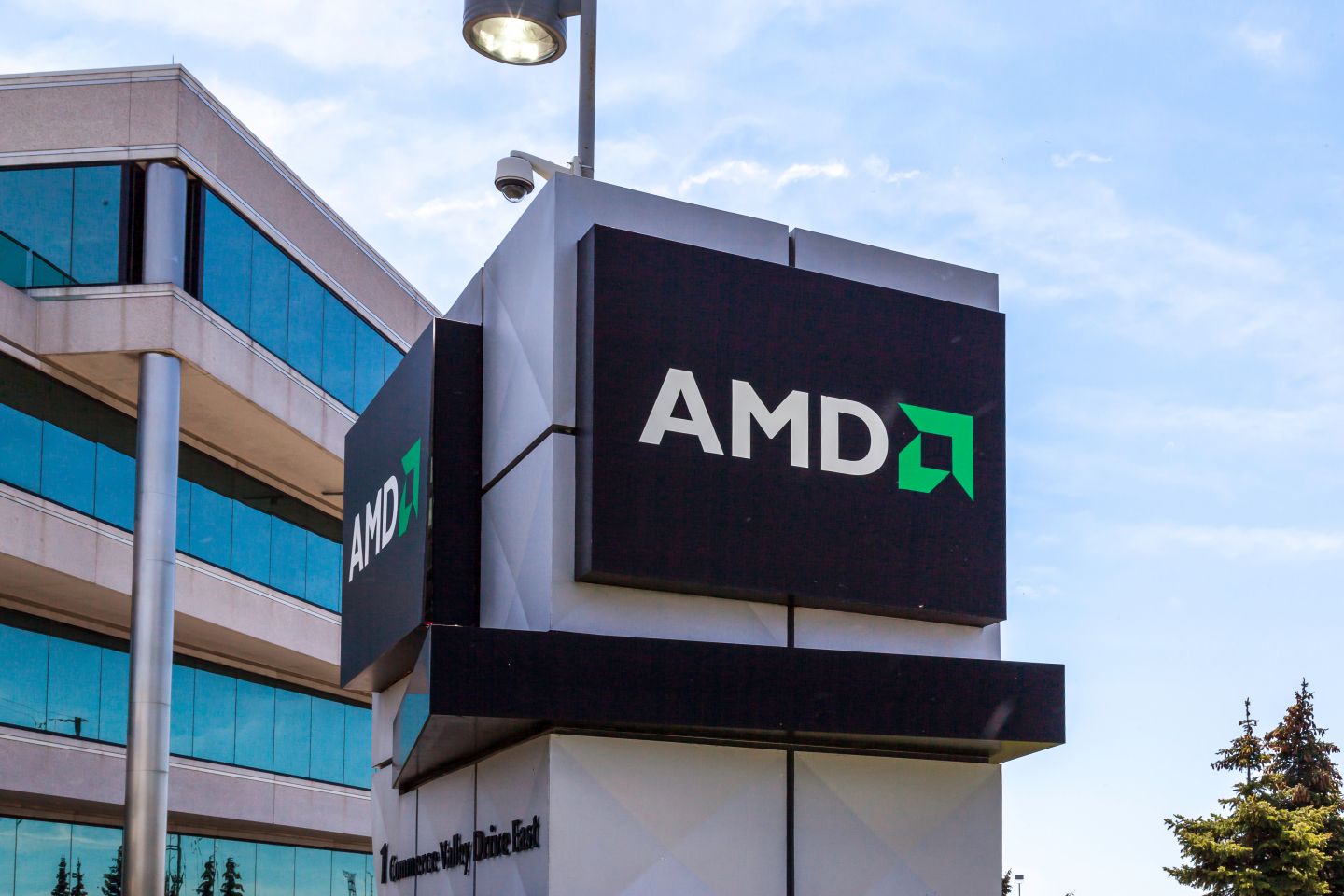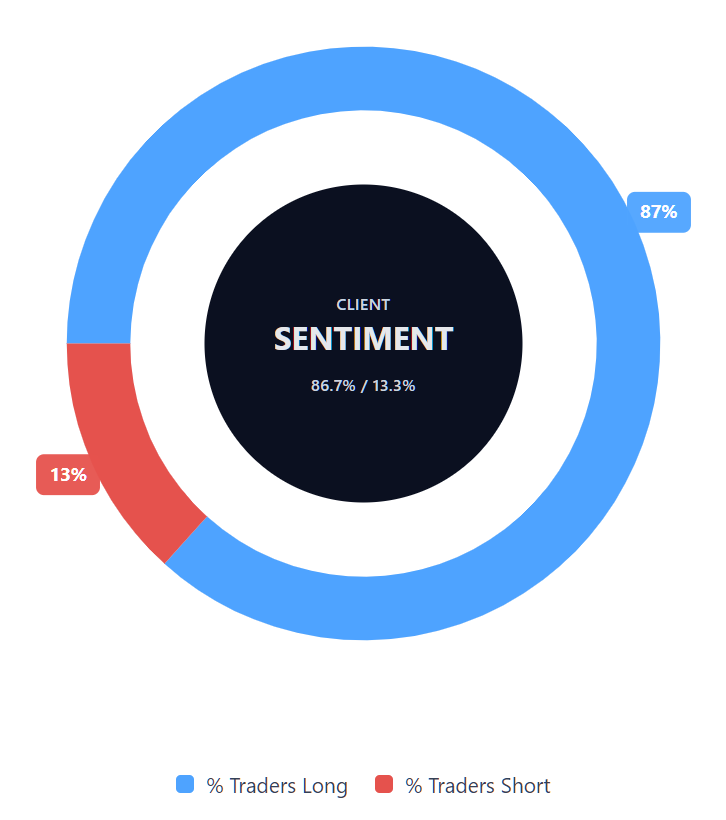AMD stock forecast: Third-party price targets
Advanced Micro Devices (AMD) is quoted at $255.88 as of 4:21pm UTC on 31 October 2025, trading within an intraday range of $255.45–$263.21 USD, based on Capital.com’s platform feed.
Current market drivers include the recently announced partnership with OpenAI, widely reported as a major catalyst for AMD shares amid increased demand for AI hardware and data-centre solutions (Yahoo Finance, 27 October 2025). Additional influences include ongoing strength in AMD’s data-centre and client segments, supported by demand for EPYC processors and Instinct GPUs (GuruFocus, 17 October 2025), and anticipation ahead of its upcoming third-quarter earnings.
Advanced Micro Devices stock forecast: Analyst price target view
MarketBeat (consensus snapshot)
MarketBeat reports an average AMD price target of $237.32, based on 40 analysts – 29 Buy, 10 Hold and 1 Sell. Targets have been regularly revised upward, reflecting momentum from AI contracts and hardware segment growth (MarketBeat, 31 October 2025).
HSBC (research update)
HSBC analyst Frank Lee raised AMD’s price target from $185 to $310 and maintained a Buy rating, citing the importance of AI infrastructure deals – especially the OpenAI partnership – and accelerating earnings momentum in generative hardware (Yahoo Finance, 27 October 2025).
Wedbush Securities (target revision)
Wedbush Securities increased its AMD target to $270, following new strategic agreements including a 50,000-GPU order from Oracle Cloud. Wedbush cited deepening institutional demand for accelerators as a key reason for the higher outlook (StocksToTrade, 26 October 2025).
Bank of America Securities (target hike)
Bank of America analyst Vivek Arya lifted AMD’s target from $250 to $300, maintaining a Buy rating. The revision followed AI hardware showcases at the OCP Summit and growing next-generation GPU order activity, which Arya viewed as potential volume drivers for 2026 (GuruFocus, 17 October 2025).
Jefferies (strategic revision)
Jefferies analyst Blayne Curtis set a $300 target on 7 October 2025, citing expanded AI product pipeline visibility and stronger performance in data-centre acceleration (Quiver Quantitative, 7 October 2025).
Past performance and third-party forecasts are not reliable indicators of future results.
AMD stock price: Technical overview
AMD (last: $255.88, as of 4:21pm UTC on 31 October 2025) trades above its clustered daily moving averages, with the 20/50/100/200-DMAs near 237 / 191 / 173 / 139 respectively. The 20-over-50 'bull' alignment remains intact, while the 10-day SMA at ~249 acts as immediate support near the current price. The 200-day EMA at ~159 remains well below, reinforcing a longer-term positive bias.
Momentum is steady, with the 14-day RSI at 68.99 placing conditions near the upper-neutral band, and the ADX at 40.33 indicating an established trend. On the upside, first resistance is near 268, with R2 at 275 following a confirmed break. On the downside, initial support sits near 159, and a sustained move below the 100-day SMA (~173) could signal a deeper retracement towards S1 at 152 (TradingView, 31 October 2025).
This technical overview is for informational purposes only and does not constitute financial advice or a recommendation to buy or sell any instrument.
Advanced Micro Devices share price history
AMD shares have climbed significantly since late 2023, starting around $108 in November 2023. The stock moved steadily higher through mid-2024, reaching the $150s by early summer amid optimism over AI demand and broader semiconductor momentum.
2024 ended with AMD near $120, but 2025 marked a sharp breakout. After falling below $90 in April, AMD surged past $250 by October, driven by strong AI partnerships and higher hardware order volumes. The price reached a recent closing high of $262.80 on 29 October 2025, before settling at $256.18 on 31 October – more than double the level a year earlier.
AMD closed at $256.18 on 31 October 2025 – up roughly 113% year-to-date and 76% higher year-on-year.
Past performance is not a reliable indicator of future results.
Capital.com’s client sentiment for Advanced Micro Devices CFDs
As of 31 October 2025, Capital.com client positioning in AMD CFDs shows 86.7% buyers and 13.3% sellers, reflecting a 73.4-percentage-point buyer tilt – the strongest long bias among major US tech shares in recent months. This snapshot reflects open positions on Capital.com and is subject to change.
